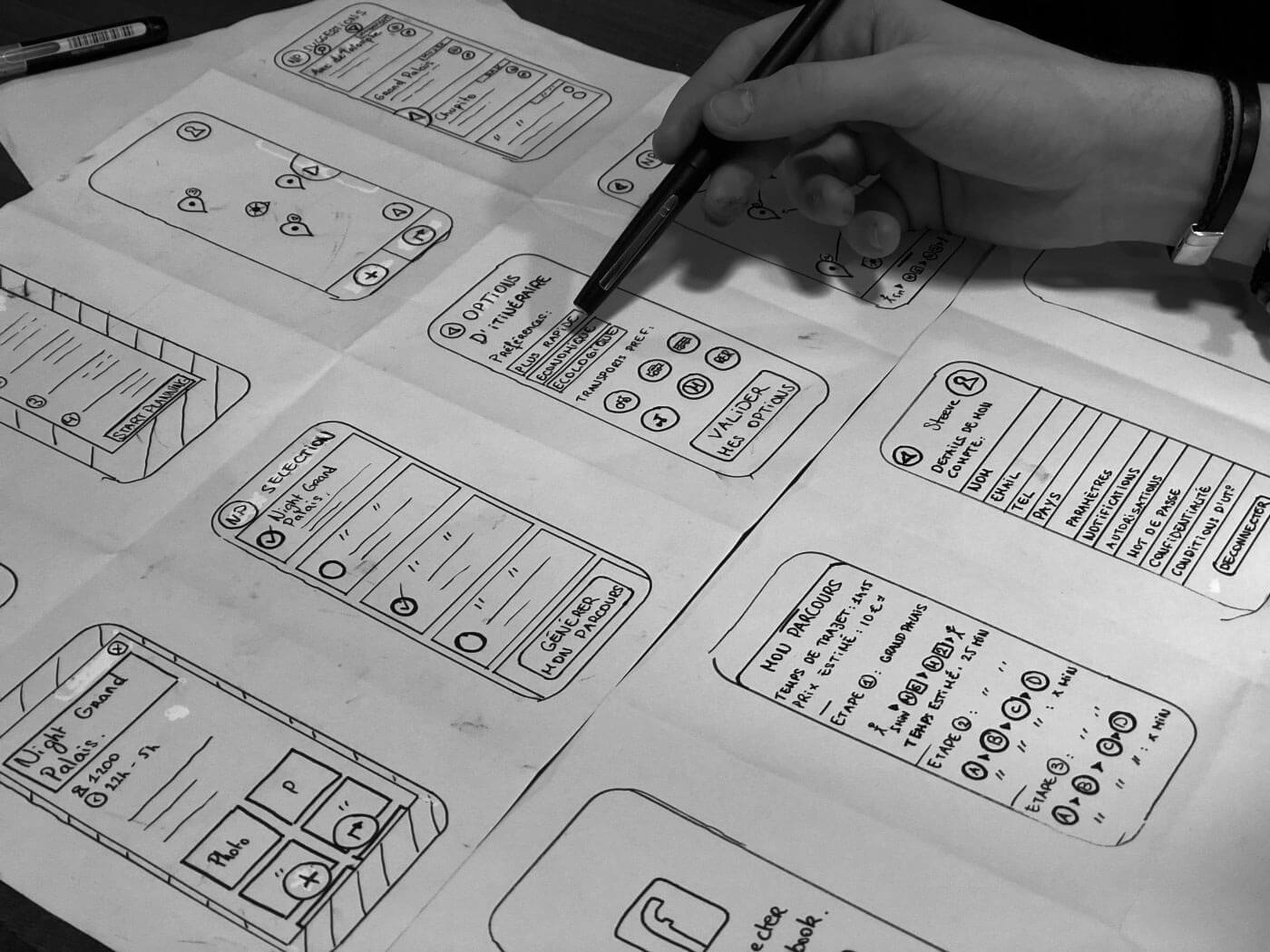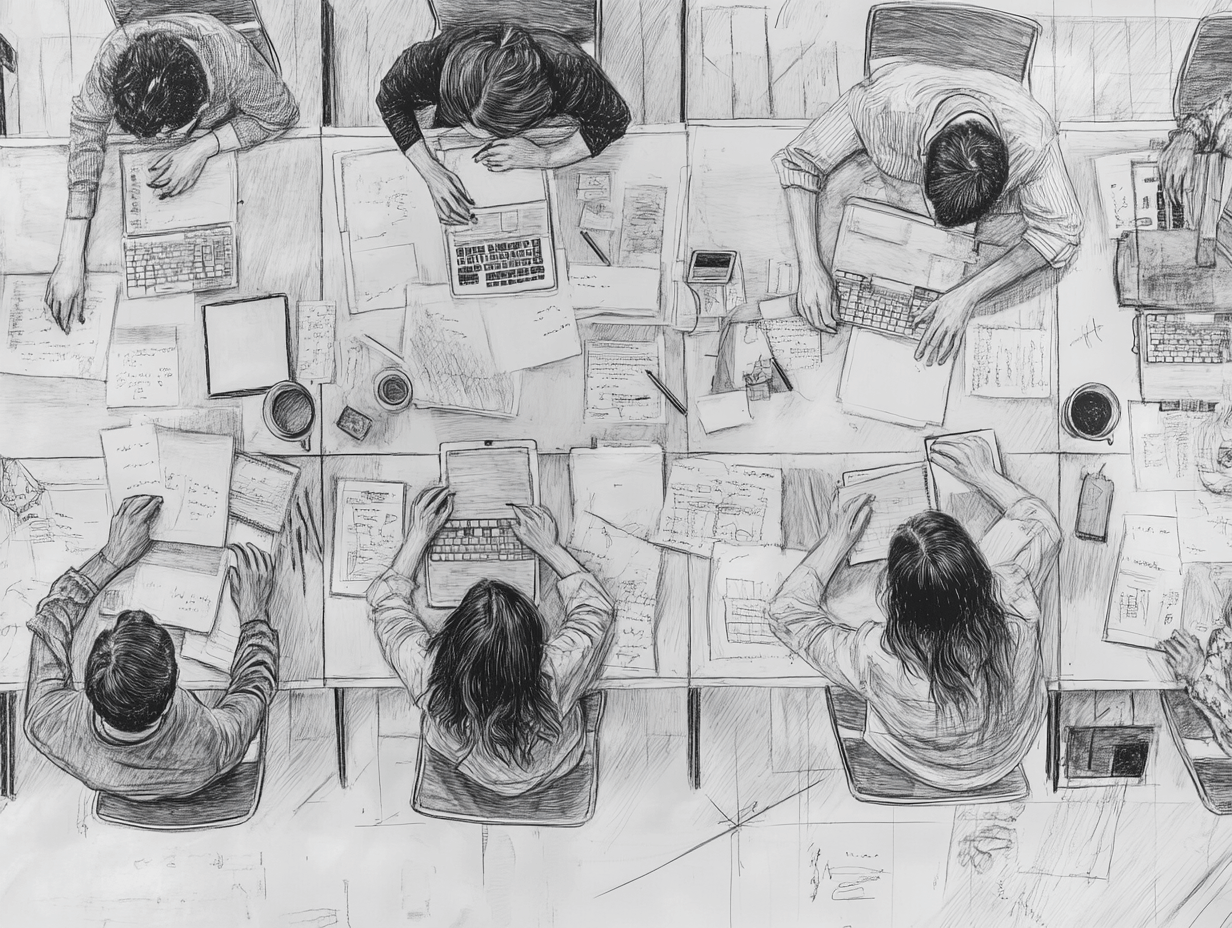Corona has made the cost of delay more expensive than ever
At some point, continuous improvement isn’t continuous anymore. You have to release new versions, be they tiny changes, at a certain interval to attain a higher development speed, and get ahead of the competition. Corona has had few positive effects on our society, except having us start caring about each other again.
But one positive side-effect is that the quarantine imposed switch to all digital interfaces has forced many organizations to scramble. Those lacking well functioning digital products had to build them fast, and those who kept bad customer experiences unchanged, have seen their business go to those who changed. And many companies had to release new features in weeks, rather than months.
So how do you decrease time to market for new, improved features and experiences? Yes, that’s right. You reduce batch sizes and limit WIP — Work In Progress. If you haven’t seen it in the real world, it can sound slightly counterintuitive. How will doing less makes us go faster? But if you think about it, it’s pretty straight forward.
Learn your points often
It takes us a shorter amount of time to develop a smaller amount of customer experience, be that new design of a module on a page instead of a whole page or a new function. Which means we can release it faster and then learn what the customers think about it. This learning point is super-valuable, since we can use the insights both to iterate and improve the module in question and for other work that we haven’t yet started developing.
Also, an improved module that’s released and producing enhanced customer value is obviously worth a lot more than a whole page that isn’t yet released. In other words, the larger batches you have — the more volume of work you take on each time — the more seldom you have a learning point and the more stuff you have unreleased at any given time.
All this is common knowledge, right? Well, not as much as it should when it comes to design.

But why do we still Design Ahead?
Even if the above is well established in product development, there’s been a challenge with design. And most of the responsibility for that falls on us working within design and UX. The hard to break tradition of producing kilometers of artboards and whole design systems before commencing development is not only a way of working, but a perspective on design and the role of the designer. The self-image of ‘the designer,’ if you may.
But some of the responsibility also falls on the organization of work: If you don’t have enough CX designers to go around for all your cross-functional teams, it’s easy to put those you have in a ‘design department’. And then you got yourself a bona fide bottleneck. A point of hand-overs from different parts of the organization to others. Obviously there are antidotes to that, like the ones we’ll see below. Many of which we’ve come to see during the COVID 19 crisis.
The role of the designer
Let’s be honest: Within our trade, there’s still a lot of old fashioned design for design’s sake. Just have a search on Medium.com and you’ll find article after article on what ‘good design’ is, without any mention of the customer. This in a world where other industries have long since changed their ways, like car design and architecture. But maybe Marshal McLuhan was right: Every medium needs to go through the development stages of previous ones. It’s just a question of how fast they will get to the now.
As soon as you hear designers talk about trends and good vs. bad design, just ask them if they have tested these on actual, real customers. A telling example was when one of Europe’s largest e-commerce companies where aligning design across markets to make the brand coherent. Highly paid designers in each market argued strongly for the color of the CTA:s, that a certain color worked best in their respective market. So we tested green, red and yellow and can you guess the result?
None was right. Customers didn’t want a CTA at all. They expected to be able to click on anything, anywhere. Why have a CTA that was cumbersome to aim for, when the whole image and the headline in it said it all?
So the role of the designer has to change. Are you increasing cost of delay by insisting on completing whole design systems or are helping the company to release stuff more often by decreasing the batch size of design?

The Corona effect
Remote working apart, when digital interfaces and having the best customer experience suddenly became a much harder currency, there was no longer time for Design Ahead. When a physical super-market needed to release online ordering and delivery to where in the grid of the parking lot your car was, they wanted it out the door in max two weeks. And they did!
You could argue that the crises created new value streams, or at least that it changed the definition of the last end in end-to-end. Which meant there was no time for Design Ahead anymore. Instead, designers had to sit down with developers and together prioritize what was going to be done.
And like many other things related to the world before Corona, once these teams and organizations have seen that it’s not only possible but even preferable to chop down batch sizes also for design, they’re never going back.
To get ahead, you need to stop Design Ahead.
This is a We Are Movement trainer blog entry by Magnus Westerberg.

Magnus Westerberg


